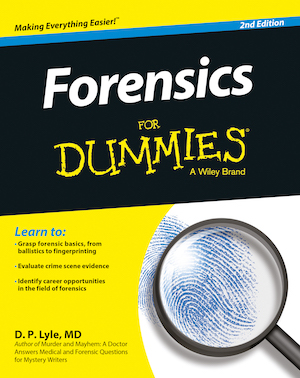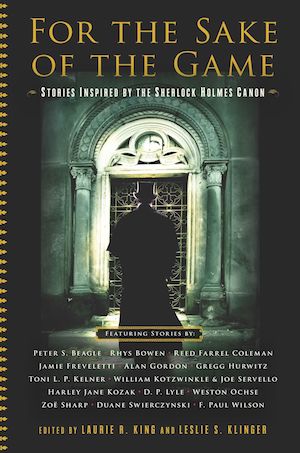One of the most important things the medical examiner must determine in a death investigation is the time of death. This alone can exonerate some suspects while pointing the finger at others. It can confirm alibis or explode them. It can verify witness statements or reveal them to be false or mistaken. In any murder investigation the time of death becomes a focal point.
Unfortunately there are few, if any, reliable methods for estimating the time of death. Body temperature, rigor mortis, and lividity are simply too inaccurate and fraught with too many variables to lock down the time except in the broadest of ranges.
Perhaps stomach contents are somewhat more reliable but even they can be erroneous. In general the stomach empties 2 to 3 hours after a meal. This means that if a victim was known to have eaten a certain substance at a certain time and that substance is found undigested in the victim’s stomach, the medical examiner can conclude that the death must’ve occurred in less than three hours after the meal. Sounds simple. But even this is unreliable since various food materials digest at different rates and the rate of digestion varies from person to person. The consumption of alcohol or other drugs along with the meal can significantly delay this digestive process.
As you can see, this and the other methods for determining time of death present a problem.
Additionally, if a corpse is buried or tossed into a body of water each of these variables changes. The drop in body temperature, the onset of rigor, the pattern and onset of lividity, and the onset and rapidity of decay can be greatly altered by these environments, making the determination of the time of death even more difficult.
A new study that will soon be published in the journal Forensic Science International presents research done by forensic biologist Gemma Dickson and colleagues at the University of Otago in Dunedin, New Zealand. They studied what would happen to a body in a submerged environment, where the normal insect activity seen with corpses discarded on land, would not be in play. They used adult pig heads in the study and periodically sampled the bacteria that populated the skin. They found that the bacteria that colonized the tissues changed through the various stages of decomposition and that these changes just might be useful in determining a more accurate time of death. Much more research must be done to determine if this is indeed a useful and accurate tool but it is intriguing.

























